The Graham-Bradley Tractor, A History
by Michael E. Keller
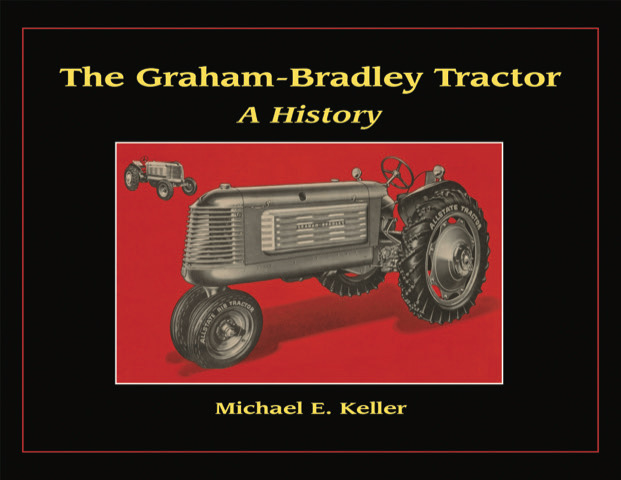
This book is benchmark exemplary for how a history—on any topic—ought to be written and published. Yes, it’s that good!
Such a book of necessity starts with careful and extensive research keeping track all the while of sources and documenting interviews, etc. Then, as writing progresses, by providing sufficient background and context surrounding the main story fully engages the reader and provides subtleties of understanding. Of course, it’s always a plus when ample illustrations have been sourced and are then carefully captioned.
With this book, though, do be aware and not let the word tractor in the title deter or discourage you. The story related on its pages is so much more that just the tractor portions. Readers meet and get to know the Graham family, especially brothers Joseph, Robert, and Ray while gaining an understanding of day-to-day life as the 1800s drew to a close and on into the early decades of the 1900s, especially in and around Evansville, Indiana. Best yet, the writing isn’t a dry recitation of facts but rather is conversational, engaging, and friendly.
The brothers, even as they were close, possessed distinctly different personalities, interests, and talents. Just as the triangle is the strongest geometric shape, the trio’s different talents and interests melded them into a strong “multi-talented business team.” Youngest, Ray, with his mechanical aptitude, had the idea—and engineered a kit that turned a Model T, then subsequently other makes and models of passenger cars, into a fully capable and safe one-ton truck. By fall 1919, thousands of the Graham Brothers Truck-Builders kits had sold even as the brothers were embarking on developing, then producing and selling a standard-tread farm tractor (the row crop wheel configuration was still a few years in the future) and a 1½ ton truck.
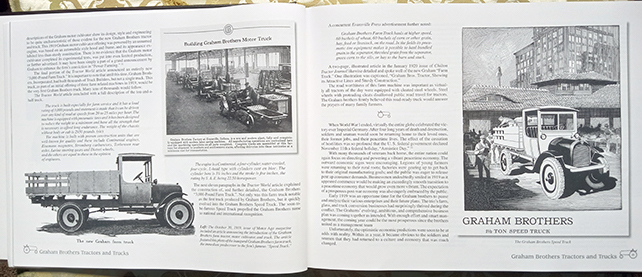
The brothers’ grandfather had started the Graham Farms in the Evansville area. Their dad took over working the land, expanding the acreage of the farm where the brothers had been born. As adults, Ray took the lead in farm oversight (at least until his passing in the fall of 1932). By 1934 the acreage had increased from the original 121 acres to over 4000.
The world was seemingly their oyster as they commenced developing a row crop tractor while also forming a marketing partnership with the then-largest mail-order retailer, Sears & Roebuck. Sears was just beginning to open what today we refer to as brick and motor stores. Simultaneously the Graham-Paige automobile was selling well and its new models were also being planned.
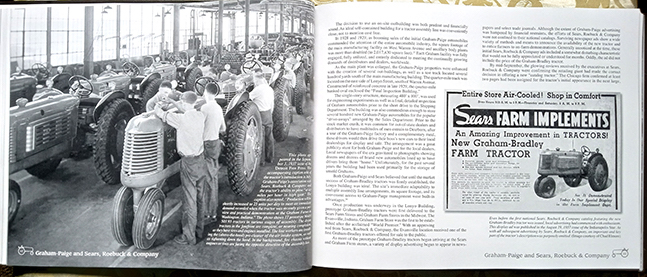
Unknown to just about everyone, there were two problems on the horizon. One involved their new marketing partner, Sears, Roebuck and Co., who did the unthinkable as you’re left to read and discover. The other would be the soon-to-prevail conditions of what would forever after be known as the Great Depression.
The Graham brothers managed to keep the company viable, alive even though not profitable, during the financially challenging times. Yet the damage was sufficient that in September 1940 the decision was made to cease production. As the page-pair below shows, the 30 years creating strong, reliable, stylish, personal transportation and work vehicles was celebrated the year before even as how best to react to the hard financial realities were under consideration. That reality was, quite simply, the buying public didn’t have the monies to purchase no matter how well-made or stylish their cars and tractors were.
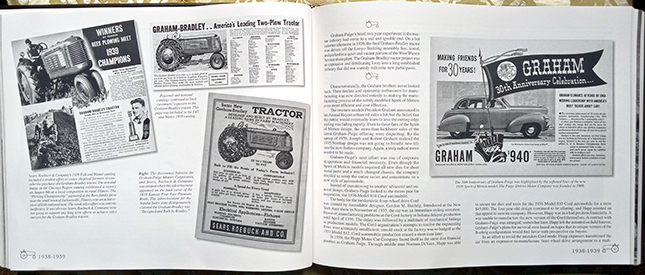
The decision to close down vehicle production, auto and tractor alike, was rendered a bit less odious as the Federal Government had already committed to leasing Graham-Paige’s immense West Warren Avenue plant in Dearborn and hiring its employees. As the image immediately below shows, Graham-Paige was tasked with designing, testing, then producing a vehicle the opposing forces would come to describe as “sea demons that walk on land.”
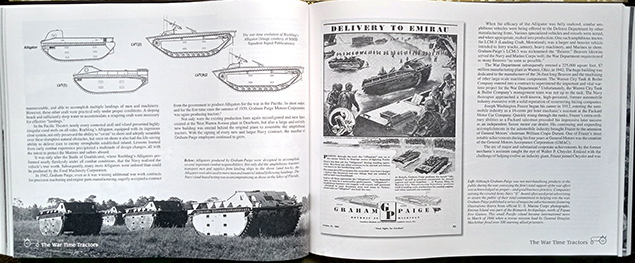
Important too, this 344-page book doesn’t conclude as the chapters—each with multi-page end notes—and Epilogue end on page 209 for appendices A–J plus a full bibliography and thorough index follow. Those appendices document information such as production figures identified by serial numbers, detailed comparisons of the Graham-Bradley tractors feature by feature, including pricing, with competitively available models from other manufacturers, comprehensive lists of available Graham-Bradley literature and manuals, as well toys, scale models, and pedal tractors, too. There’s also an all-important compilation identifying which are known to survive to this day. Frosting on the cake is the reproduction of an 80-page shop manual.
This fantastic and readable book is very much a blending of historical, personal, business, and lifestyle as well as cultural aspects of the Grahams along with technical aspects of their trucks, cars, and farm tractors. It even tracks the company’s resurgence as a prime contractor to the Armed Forces during WWII.
Following hostilities the G-P company was mixed in with the Kaiser-Frazer Corporation and then the Frazer Farm Equipment Corporation, and finally spun off experiencing a “business rebirth in the 1950s in an entirely new field.” First it became an investment company then, later, a management company that included its ownership of Madison Square Garden as Jeffrey Godshall had noted in the opening paragraph of his 1975 article on ”The Graham Brothers and Their Car” in Volume 13, Number 1 issue of Automobile Quarterly.
With this book that company history is brought further forward to today with “the vestige of Graham-Paige became a division of Viacom subsequently sold to Cablevision. In 2016 Cablevision became a division of Altice, a European telecommunications conglomerate.” For the Graham family, life has come full circle as succeeding generations continue to operate and manage what is now called Graham Farms, Incorporated.
Copyright 2024 Helen V Hutchings (speedreaders.info)


 RSS Feed - Comments
RSS Feed - Comments


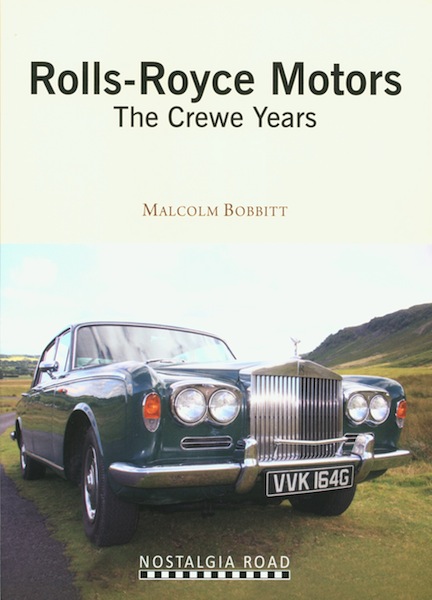



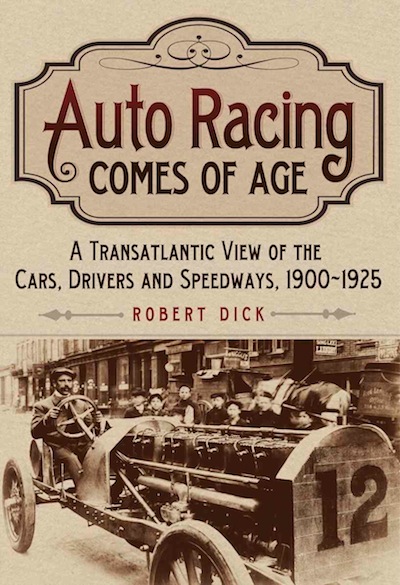

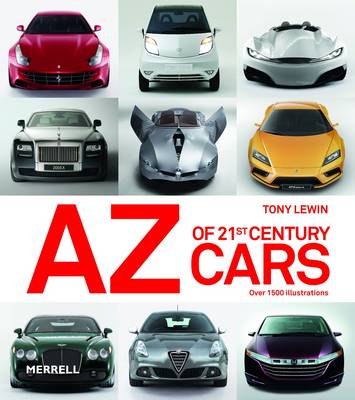
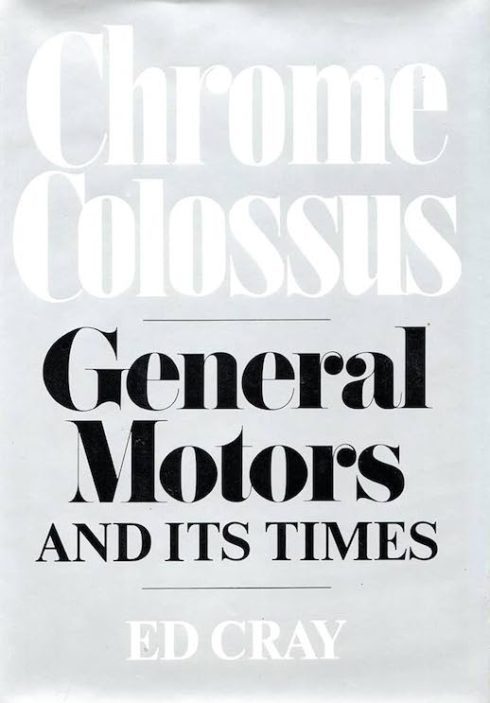

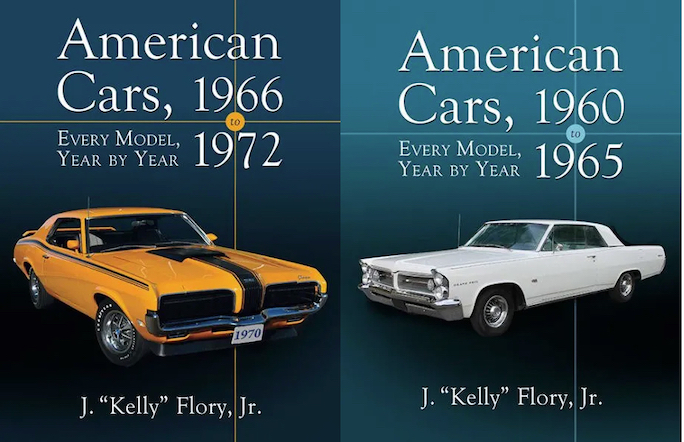
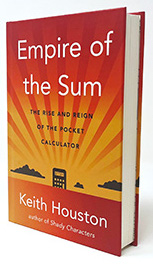
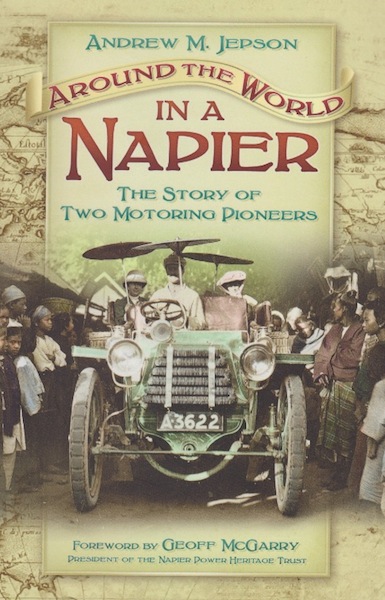
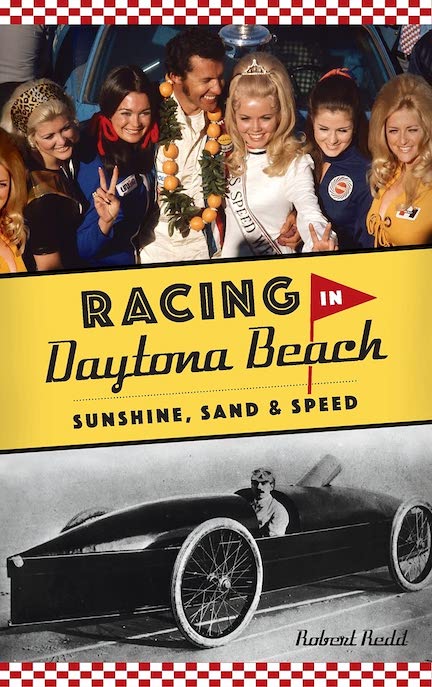




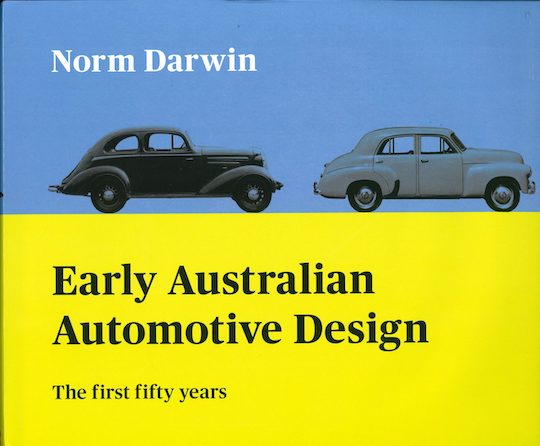
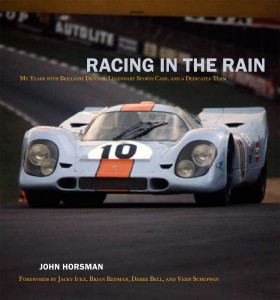


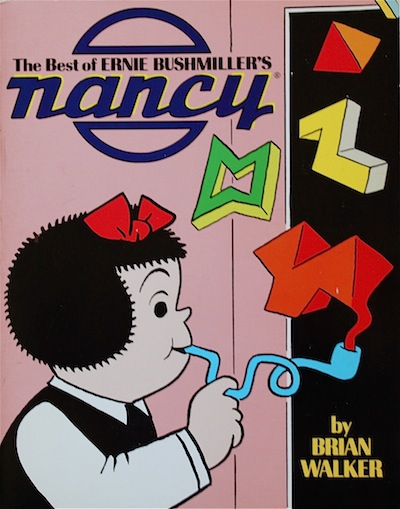
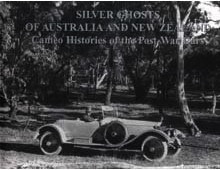
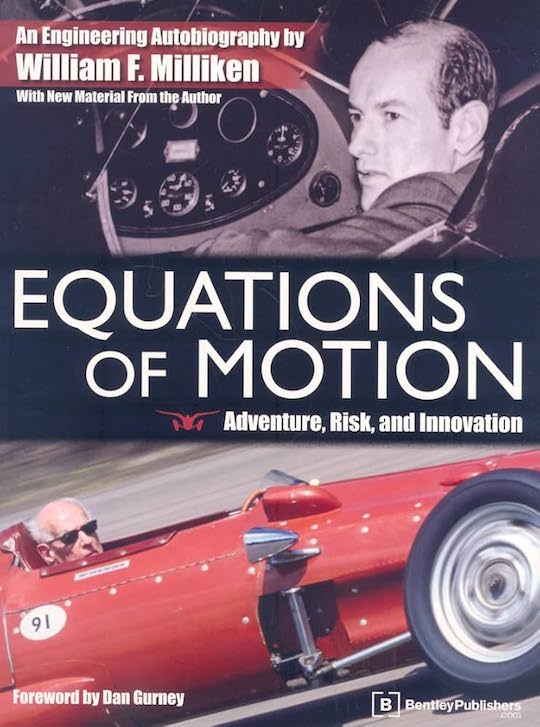
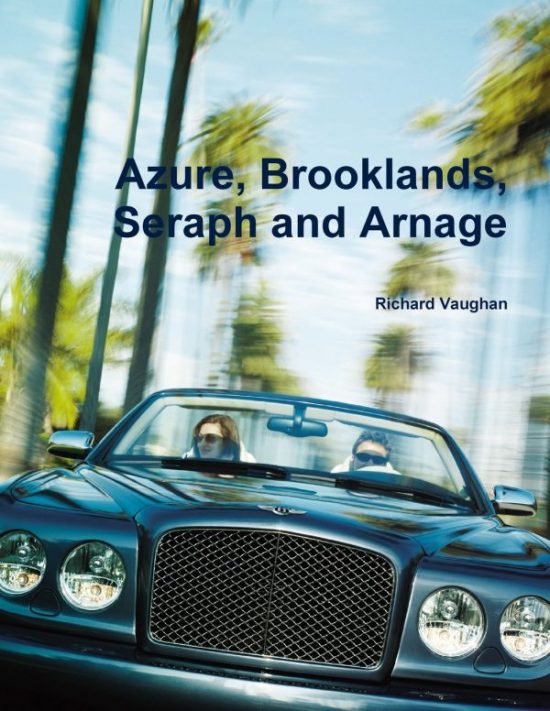
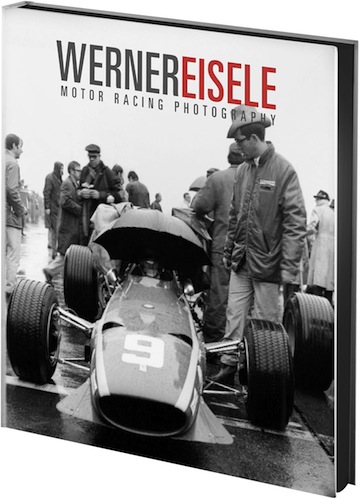



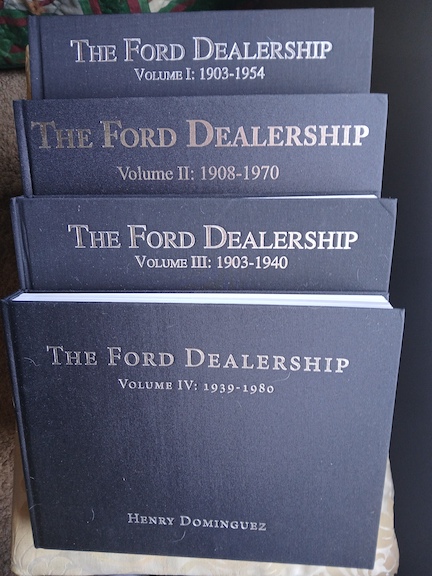
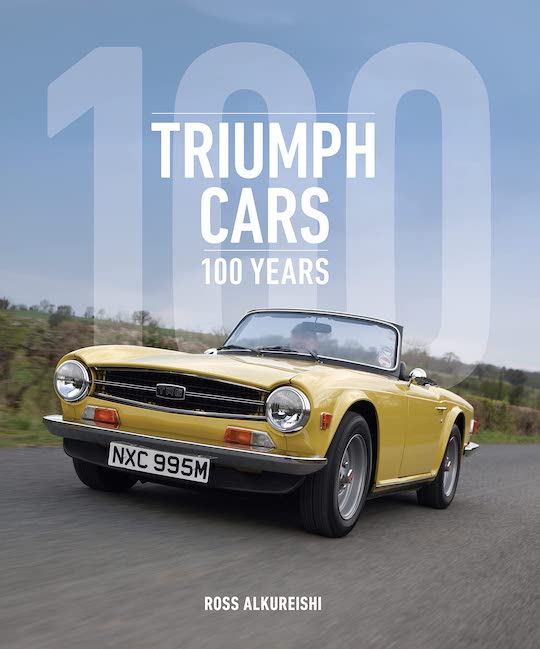
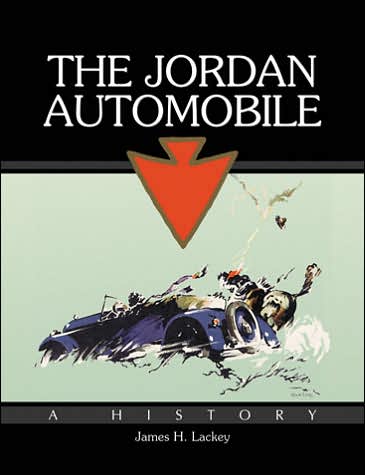
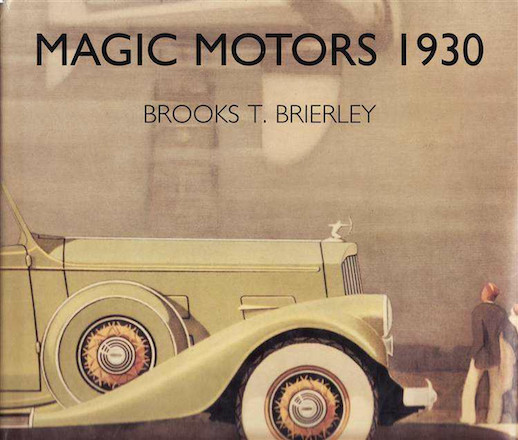
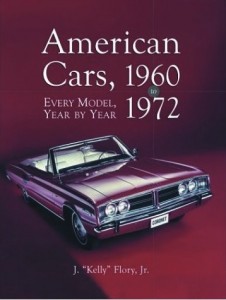
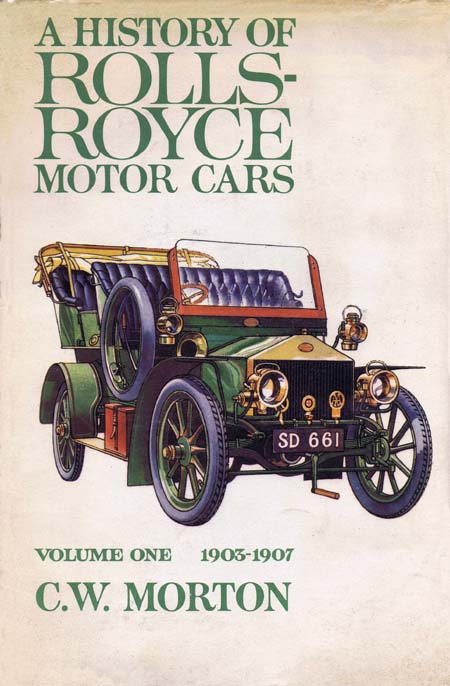

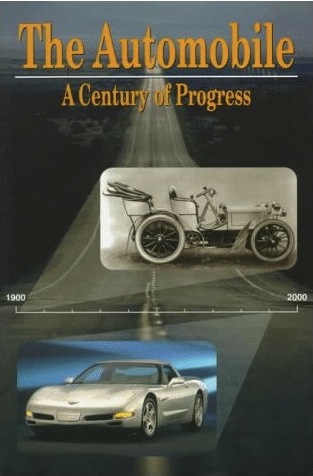

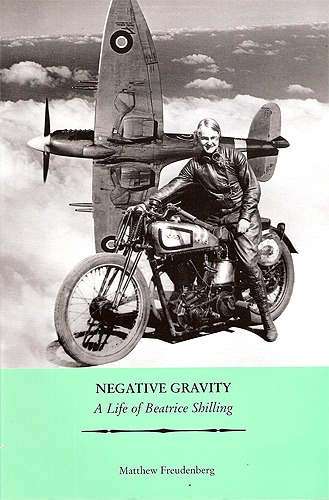
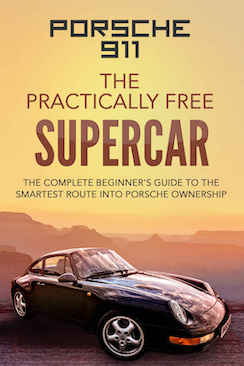

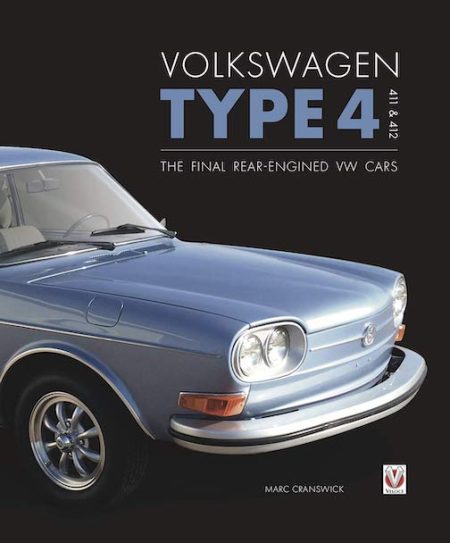



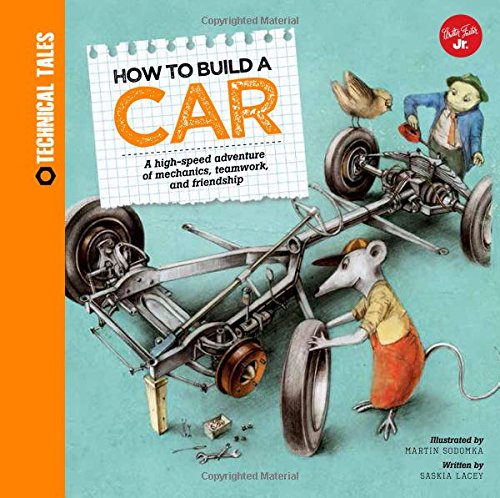

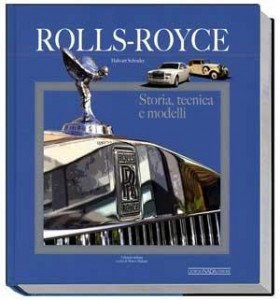

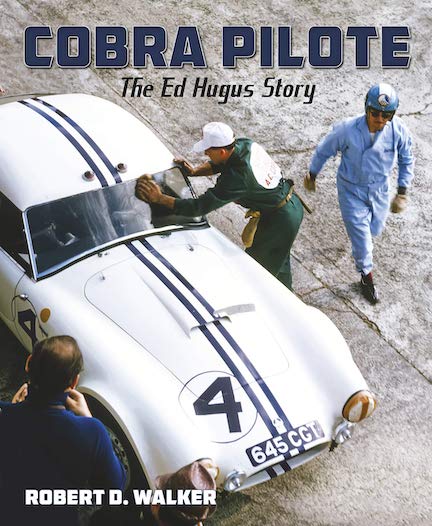
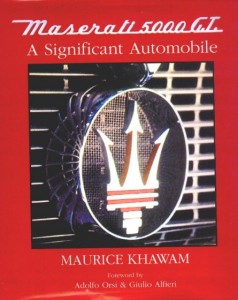
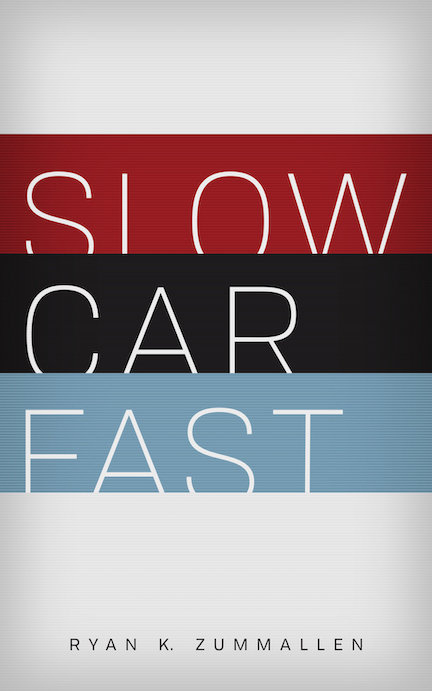


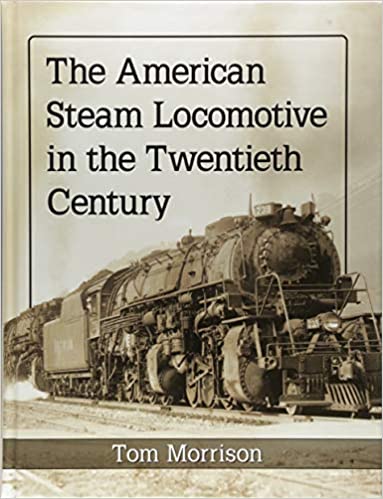


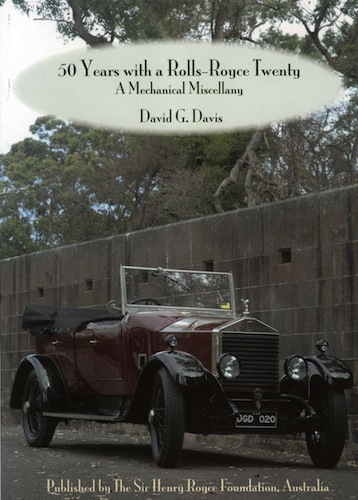
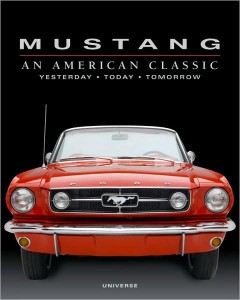



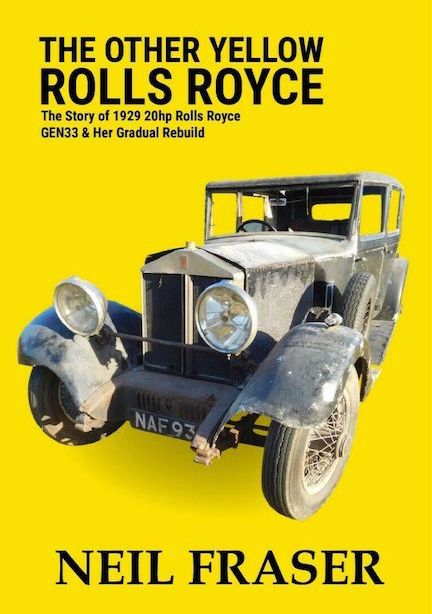

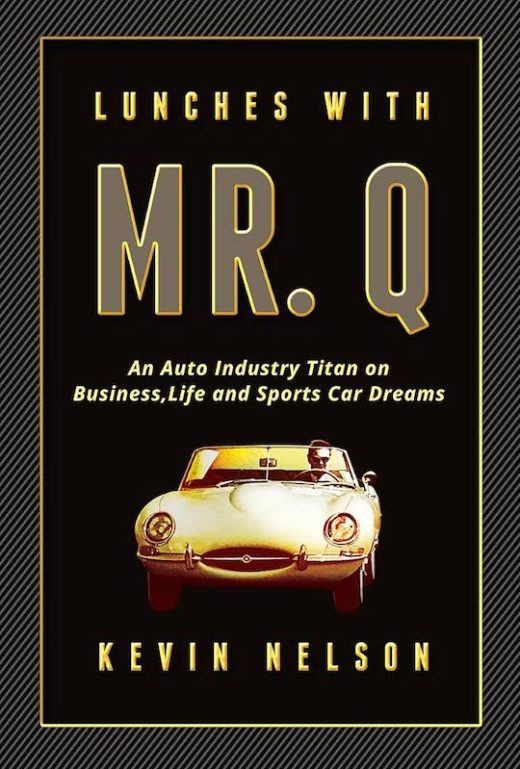
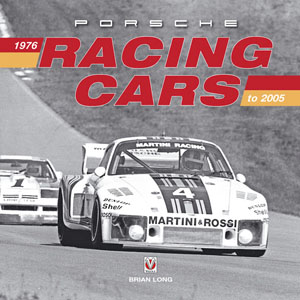


 Phone / Mail / Email
Phone / Mail / Email RSS Feed
RSS Feed Facebook
Facebook Twitter
Twitter